There are some 450,000 foreign national students studying at schools in Iran of which 420,000 are Afghan nationals, Gholamreza Karimi told in an interview with the Tehran Times and Mehr news agency.
“Some 72 percent of foreign national students are studying at elementary schools, 19 percent at middle schools and 9 percent at high schools. Boys constitute 52 percent of the students and the rest are girl student,” Karimi explained.
“Tehran province ranks first in the number of foreign national students as more than 100,000 students are studying at schools in Tehran. Provinces of Isfahan and Khorasan Razavi, with 50,000 to 100,000 students come in second place and provinces of Fars, Kerman, Sistan-Baluchestan, Qom and Alborz with 20,000 to 50,000 are the areas with the third highest population of foreign national students.”
It is important to note that in other countries refugees are kept in special camps away from the city, but in Iran refugees are welcomed in the cities to live with Iranian citizens mostly because of the cultural and religious commonalities we have with Iraqi and Afghan refugees, he added.
Up to the year 2015 documented students who amounted to 300,000 could enroll at schools in Iran, however, following a decree issued by the Leader of the Islamic Revolution Ayatollah Seyyed Ali Khamenei in May 2015, all foreign nationals, even those who have no identification and are living in Iran illegally, are allowed to attend schools now.
“The decree which was issued for humanitarian reasons made us to enroll all foreign national students regardless of their status,” Karimi said stating that, this increased the number of students by 110,000 and now all students who have a health permit from Ministry of Health and a statement from Interior Ministry can attend schools.
“These students are not required to pay any tuition fee charges and we always emphasize on the fact that no students should be forced to drop out of school.
There are some schools which are solely allocated to Afghan national students and Afghan teachers also teach the students, however, they are required to implement the curriculum subjects taught at other Iranian schools, he explained, adding that but in general most Afghan students are studying at schools along with Iranian students.
Karimi also noted that this year school directors will have to complete courses on cross-cultural studies, especially those who have more Afghan national students at their schools, “so that to avoid challenges we are facing currently”.
Elsewhere in his remarks Karimi mentioned the expenses spent on foreign national students saying that annually Iran’s government spend some 10 trillion rails (nearly $240 million) on foreign national students’ education but international entities financial support barely covers 2 percent of such a considerable expenditure.
Last year international funds amounted to $6 million, he said, adding that, at best they build 10 to 15 schools every year in Iran and make small in cash contributions.
Karimi further lamented that some of the foreign national students cannot afford to buy stationeries. “We have started negotiations with entities relating to refugees institutes in Denmark and Norway to address the financial issues such students are struggling with.”
Islamic Educational, Scientific and Cultural Organization
Karimi who also secretary general for Islamic Educational, Scientific and Cultural Organization (ISESCO) national commission and a member of ISESCO executive council explained that ISESCO is an Islamic counterpart for UNESCO and is founded in 1979.
Based in Morocco, ISESCO coordinate among the specialized agencies of the Organization of the Islamic Conference in the fields of education, science and culture, as well as among Member States.
Karimi explained that Iran became a member to the organization I 1992 and that ISESCO has two regional offices in Tehran and Sharjah.
The organization aims to promote unification of Islamic countries by the means of culture, education and sciences, he added.
Moreover, every year ISESCO choses Capitals of Islamic Culture, he noted adding that, Isfahan in 2006 and Mashhad in 2017 became Capitals of Islamic Culture.
Karimi went on to say that currently Qom is planning on becoming a nominee for Capitals of Islamic Culture in 2025.
Teaching Persian worldwide
Inquired about teaching Persian at other schools worldwide Karimi highlighted that in association with Saadi Foundation, an Iranian foundation focusing on expanding the Persian language and literature abroad affiliated to the Ministry of Culture, the Education Ministry is trying hard to strengthen Persian language worldwide.
Currently Persian Language is an optional course for foreign students in other countries who can learn it on Saturday and Sunday, he added.
Pay more attention to international collaboration
He finally pointed out that the country’s current financial state should not impede international cooperation in educational fields.
It is necessary to pay more attention to the significance of the international collaboration, he concluded.
MNA/TT


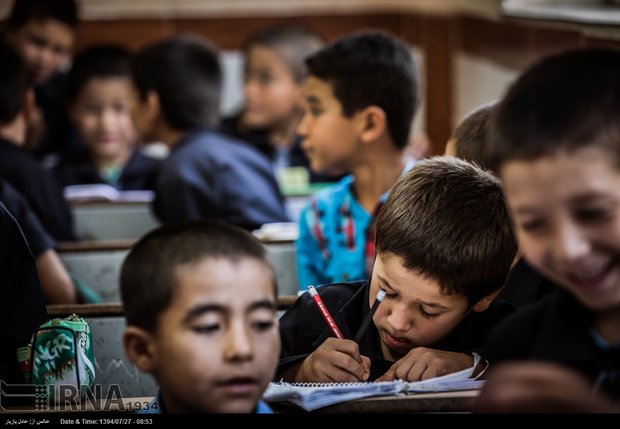
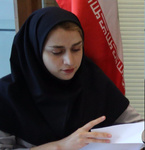




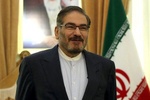
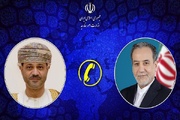
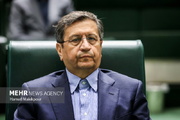
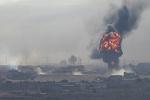
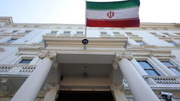
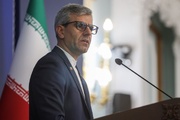









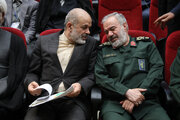
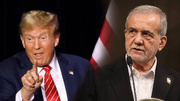


Your Comment